How Body Damage Impacts Your Car Value When Selling
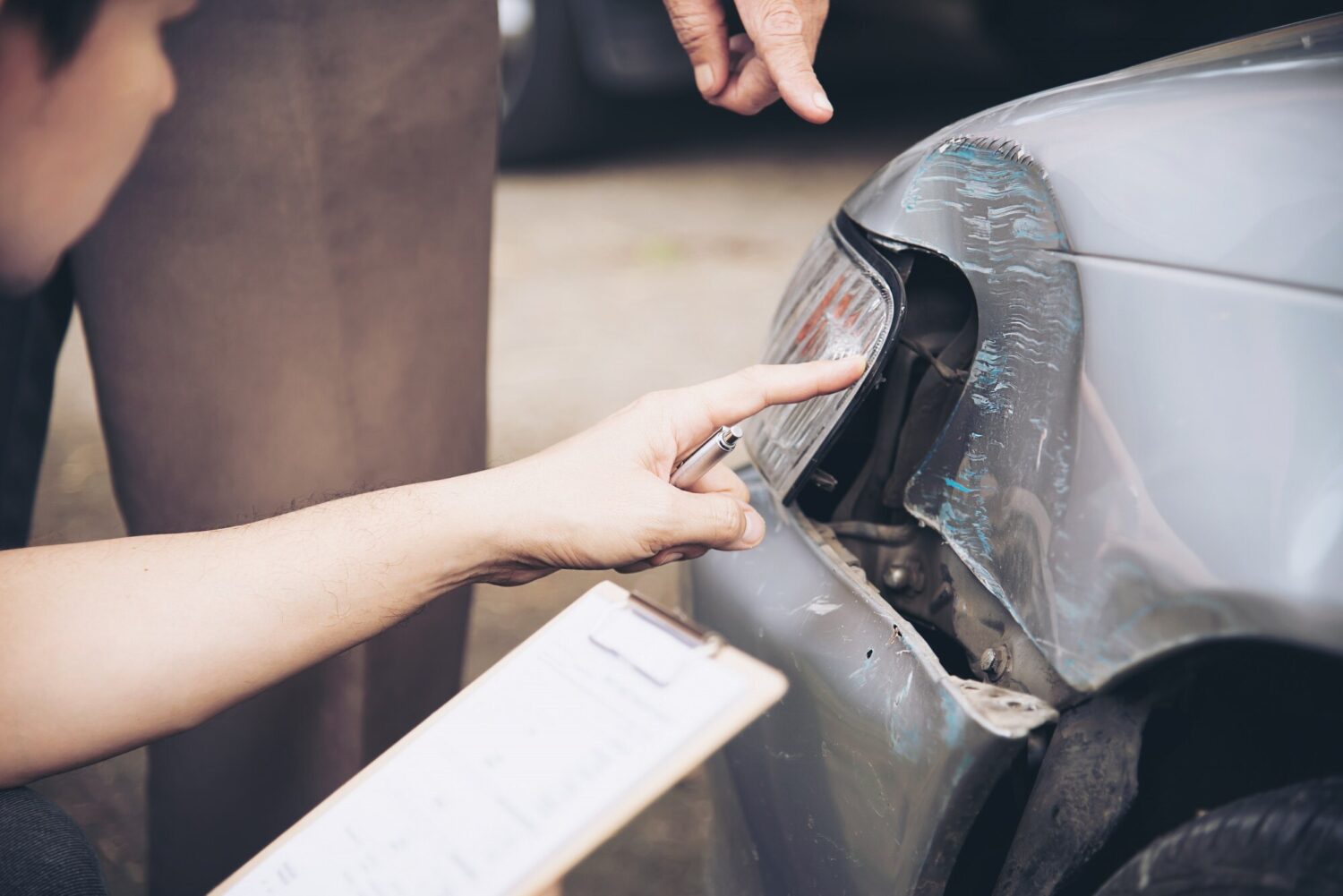
Let’s be honest, selling a car is already a puzzle. Throw in a dented fender or a banged-up bumper, and suddenly, you’re playing on hard mode. After a decade in the auto repair trenches, I’ve watched a lot of folks underestimate how much body damage can whittle away at their car’s value. They show up at my shop, eyes wide, wondering why their car’s worth a chunk less than last year.
If you’re thinking about selling a car with body damage, you’re not alone. Even small scratches or dings can drop your sale price, and bigger hits—well, let’s just say buyers notice. Today, I’ll break down what really happens to your car’s value after an accident or a scrape, and how you can still come out ahead.
How Much Does Body Damage Affect Car Value?
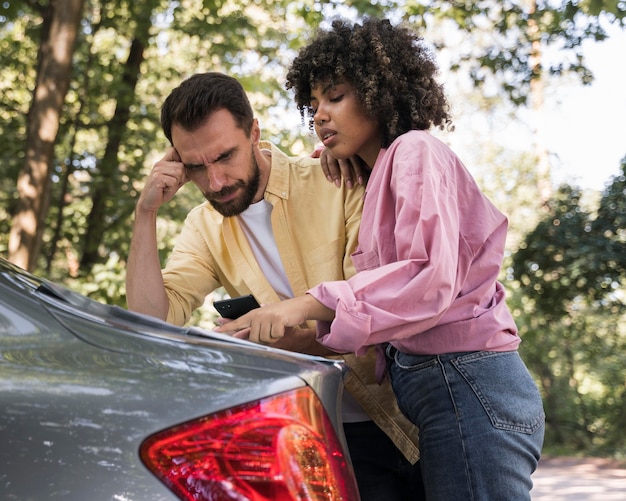
Factors That Influence Value Loss
Here’s the truth: no two cases are the same. How much body damage affects your car value depends on a handful of things. The big ones? The location and size of the damage, the age and make of your car, whether it still drives straight, and of course, how picky your potential buyer is.
From my years in the shop, I’ve seen that damage on a newer car, especially something visible like a hood or door panel, scares off buyers more than a few scuffs on an old commuter. If the damage affects how the car drives, or involves the frame, expect a bigger hit. And if your car’s got a clean history, one accident stands out like a sore thumb on a vehicle report.
Typical Depreciation Ranges
So, how much does body damage affect car value? Minor damage—think small dents or scratches—might lower your value by a few hundred bucks. More serious stuff, like a crumpled quarter panel or a missing bumper, can knock off thousands. I’ve seen cars lose 10% to 25% of their value just from visible body damage, and that’s before you factor in anything under the surface.
The sting is worse if you’re trying to sell to a dealership, since they’ll often assume the worst and quote you for repairs at their rates. Private buyers might be a bit more forgiving, but don’t expect them not to notice. In short: body damage doesn’t just hurt your car’s look; it takes a real bite out of your wallet at resale time.
Car Value After Accident Repair: What to Expect
I get asked a lot: does repairing the damage bring your car’s value all the way back? The answer’s a little complicated. Quality repairs can help, but buyers (and dealerships) are sharp—they check those vehicle history reports. Even if you fix everything perfectly, a history of damage or accident still lingers in the background.
In my own shop, we’ve restored everything from fender benders to full-on crunch jobs. When you use one of the best body shop near Sacramento, you can absolutely boost your car’s appeal. Good repairs mean buyers aren’t staring at dents, but the value might not fully bounce back to pre-accident levels. Most buyers will still offer less for a car with an accident in its past, fixed or not.
If you’re eyeing a higher sale price, keep those receipts and repair records—transparency helps. But be ready: your car value after accident repair usually lands somewhere between the price of a clean car and one with obvious damage.
Does Minor Damage Affect Car Value?
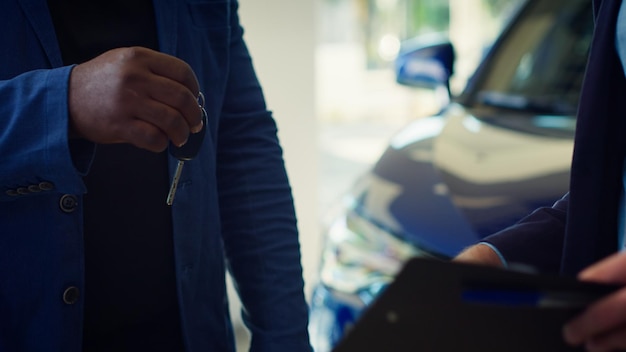
It’s tempting to brush off a little scratch or door ding as “character.” I get it—cars in California collect scars like souvenirs. But does minor damage affect car value? Absolutely. Even the tiniest imperfections can knock down your price, especially if you’re dealing with a dealership or a picky private buyer.
From my experience, a collection of minor bruises can add up, especially if the car’s otherwise in great shape. Buyers see those small issues and start thinking about what else might be lurking. While the hit isn’t as big as with major damage, it’s real. If you want top dollar, those little flaws are worth addressing.
Can You Trade a Car In With Body Damage?
Short answer? Yes, you can trade a car in with body damage. Dealerships take them all the time. But don’t expect to get full book value. The trade-in offer will reflect what it’ll cost the dealer to fix it up—usually at their shop rates, which aren’t cheap.
In my shop, I’ve worked with clients who were shocked by how much a dealership knocked off their offer after spotting a dent or two. If you’re thinking about trading in, it might be worth getting a quick repair first. It could mean a few hundred—or thousand—more in your pocket.
Selling a Car With Body Damage: Your Options
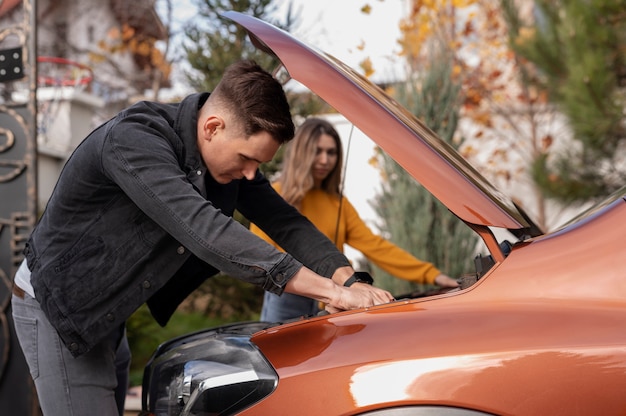
So, you’ve decided to sell car with body damage. You’ve got options—and each has its own quirks. Over the years, I’ve helped friends and customers run the numbers, and there’s no one-size-fits-all solution. Here’s how I see it:
- Private Sale: You’ll often get the most for your car, since you cut out the middleman. But be ready for haggling and buyers pointing out every scratch. Honesty (and good photos) go a long way.
- Dealership Trade-In: This is the fastest route. Bring your car as-is, and let the dealer handle the rest. The catch? They’ll subtract repair costs from your offer, and they don’t always go easy.
- Online Platforms: Sites like Carvana or CarMax streamline the process. Some buyers specialize in cars with damage, so you might get lucky. It’s worth checking out, especially if you want minimal hassle.
Private Sale vs. Dealership vs. Online Platforms
I once helped a buddy sell his old sedan after a parking lot mishap. He tried a private sale first, and after a week of tire-kickers, he switched to an online buyer. The offer was lower, but the process was quick. If you want the full scoop from other sellers, check out what folks are saying on r/askcarsales. Everyone’s got a story—and some good advice.
The main idea: weigh your time, patience, and price expectations. Sometimes, selling a car with body damage privately nets you more. Other times, convenience wins out. Either way, know your bottom line before you start.
Tips to Sell Car With Body Damage for Maximum Value
If you want to squeeze every dollar from your sale, a little effort can go a long way. Here’s what I’ve picked up after years of working with sellers:
- Clean it up: Even a damaged car looks better when it’s spotless. Wash, vacuum, and wipe down every surface. First impressions matter.
- Fix the little stuff: Small dents, scratches, or missing trim are usually cheap to repair. Tidy those up to keep buyers focused on the car’s strengths.
- Gather your paperwork: Have your title, service records, and repair receipts ready. Buyers trust a well-documented car.
- Be upfront: Disclose all known issues. It builds trust and avoids nasty surprises later.
If you’re not sure whether to repair before selling, get a quote from a reputable shop—preferably one that won’t nickel-and-dime you. Sometimes, a minor fix pays for itself. Other times, it’s best to sell as-is and let the next owner handle it. Either way, honesty and a little elbow grease usually pay off.
And one more tip: good photos. Show all angles, including the damage. It weeds out the tire-kickers and makes your listing stand out.
Should You Repair Before You Sell?
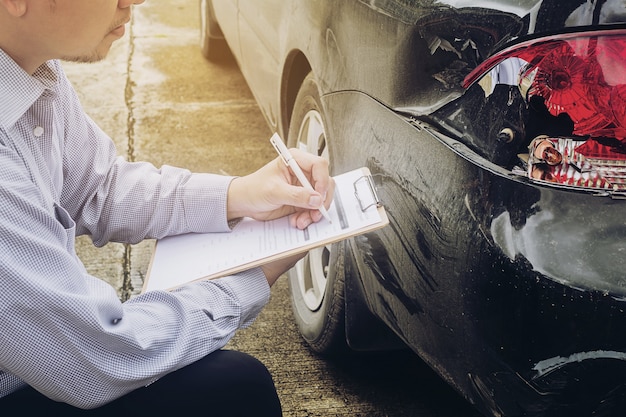
This one comes up a lot in my shop. Should you fix that body damage before you sell? Here’s my take: if the repairs are minor and won’t break the bank, you’ll almost always come out ahead by fixing them. Buyers like cars that look well cared for, and a clean exterior can nudge your price up.
But if the fix is expensive—like major collision work or deep structural repairs—it might make more sense to sell car with body damage as-is. Do the math, get a couple of quotes, and weigh the potential bump in value against your repair costs. Sometimes, it’s just not worth pouring money into a car you’re about to part ways with.
Case Study: Real-World Stories of Selling Damaged Cars
One customer brought in her Corolla after a fender bender on Folsom Blvd. We fixed the front bumper and cleaned it up, and she sold it within a week—barely below what similar undamaged cars were going for. Another client, a college kid with a dented Civic, decided not to fix anything. He listed it online, was upfront about the damage, and still got a fair price from a buyer looking for a deal. Both approaches worked, because they matched their goals and the car’s condition. The key? Knowing your options and being realistic about what buyers expect.
Conclusion: Making the Right Choice When Selling a Damaged Car
At the end of the day, selling a car with body damage is all about playing your cards right. Whether you patch up that fender or sell as-is, understanding how damage impacts car value puts you in control. Take it from someone who’s seen it all: clean it up, be honest, and weigh your options. There’s always a buyer for every car—sometimes it just takes a little grit and a good strategy to make the deal work in your favor.
